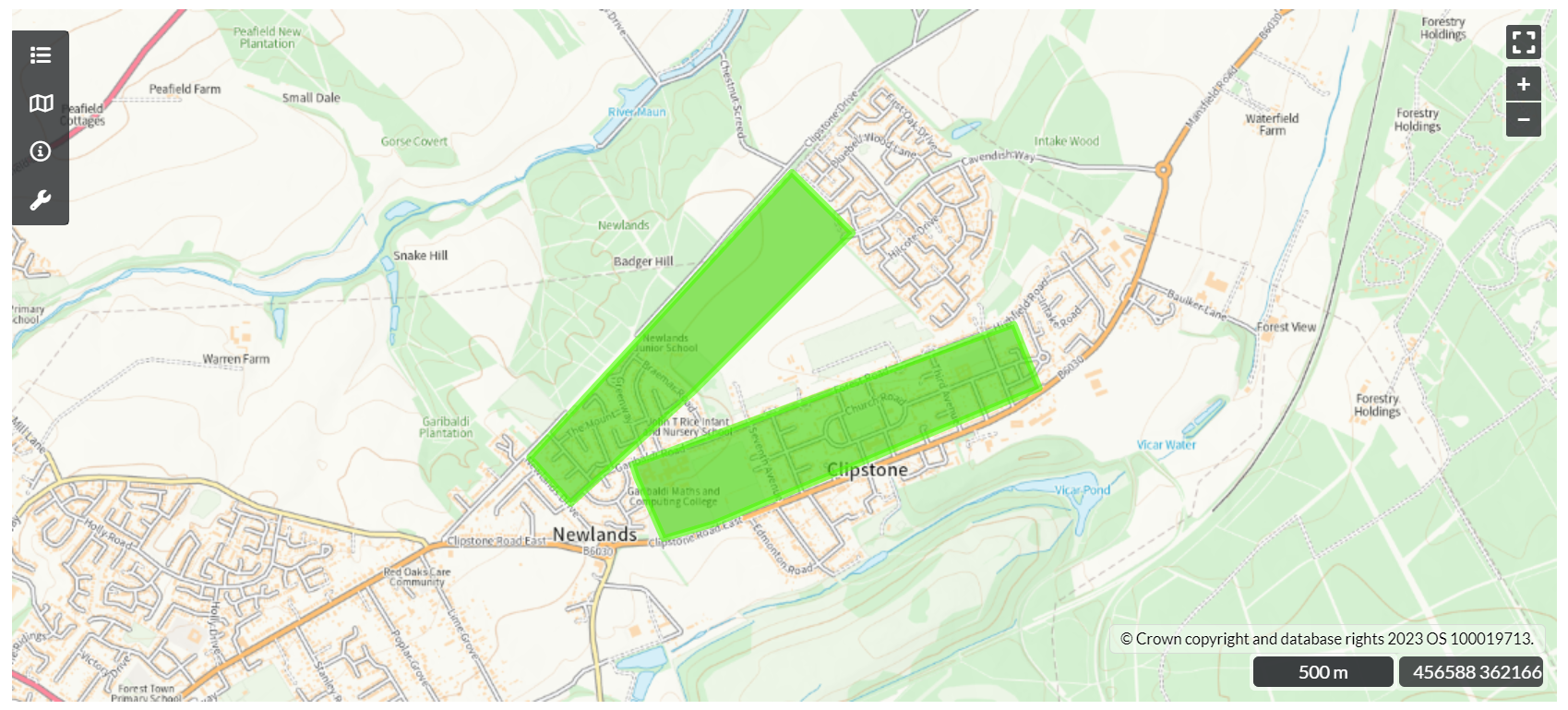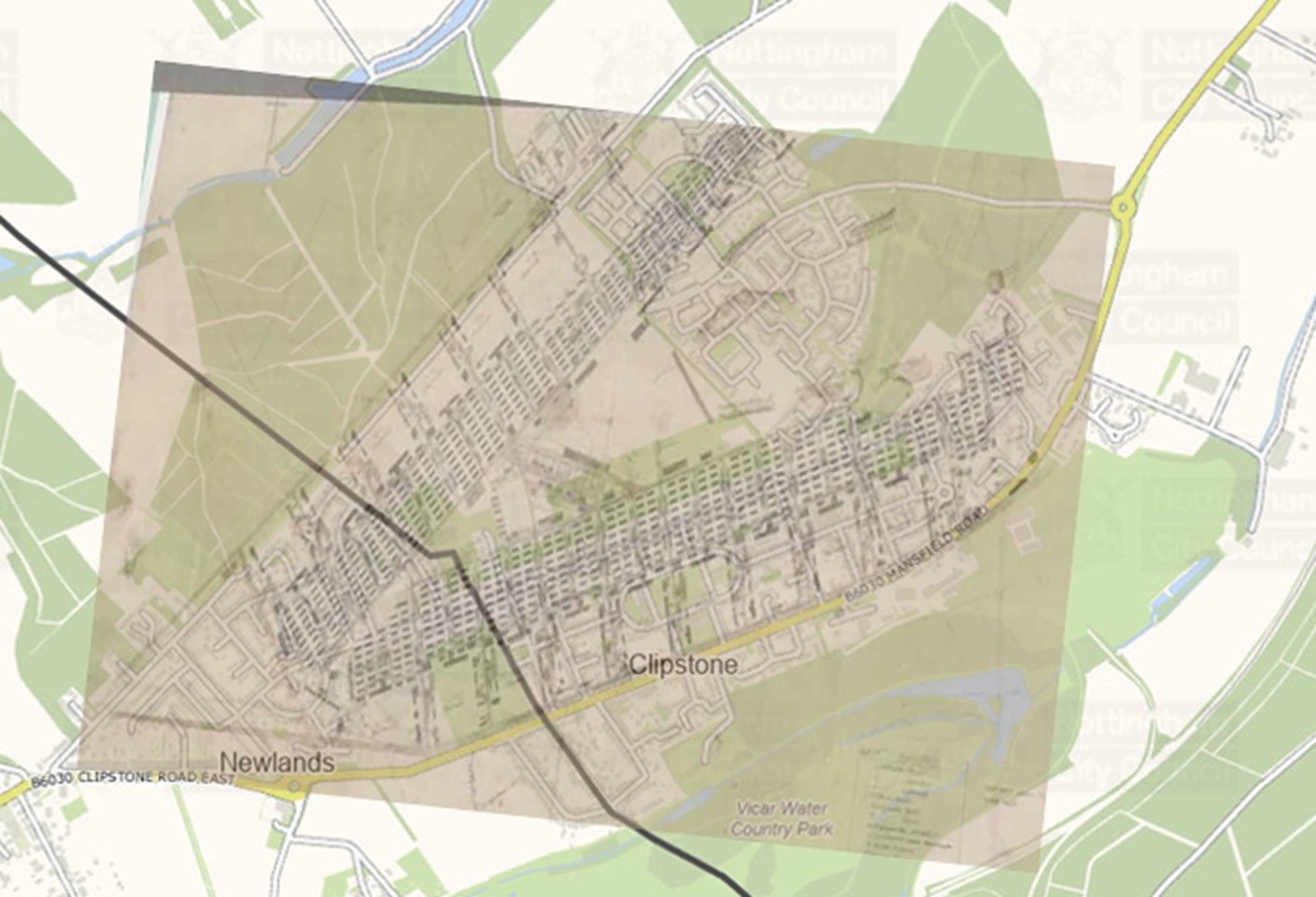The Story of World War I's Clipstone Camp
- Posted in:
- Heritage
- Miner2Major
Miner2Major is a Landscape Partnership scheme supported by the National Lottery Heritage Fund. It encourages local communities to get involved in projects that celebrate the diverse wildlife, important habitats, and rich heritage of Sherwood Forest. A significant aspect of the heritage is the role this area played during World War I.
WW1 Clipstone Camp Monument record MNT27602
Miners working on the Nottingham coalfield were quick to volunteer to join Lord Kitchener's New Army in August 1914. In fact, within the first month, 300 local men, mostly miners, had enlisted at Mansfield into the Sherwood Foresters Battalion, which forced the newly opened Clipstone Colliery to close (Marples, 2013, pp. 11-12).
Across the country, more than 2.5 million men answered the call. The Duke of Portland offered his land for military use and a new training camp was built. Clipstone Camp became the largest training facility in the country, housing between 20,000 and 30,000 soldiers at a time between 1915 and 1921. Soldiers from all over the country trained at Clipstone.

Above: The site of Clipstone Camp. The green areas mark the northern and southern lines of the WW1 Camp.
The camp was built on the open heathland in the area between Clipstone Drive and Mansfield Road. The wooden huts were organised in lines to accommodate whole battalions. Training exercises took place in the surrounding countryside, which includes areas now known as Sherwood Pines Forest Park, Vicar Water Country Park, and Strawberry Hill Wood. Some remnants of trenches and rifle ranges can still be seen in these areas today. As the camp grew, more facilities were added, including a hospital, a railway, churches, and a theatre. The hospital received wounded soldiers evacuated from the battlefields. Of those who sadly died there, 28 soldiers and one nurse are buried in St Alban’s churchyard in Forest Town.

Above: The WW1 Clipstone Camp plan (War Office, 1915) over current mapping (insightmapping 2023, Nottingham City Council).
The local communities of Forest Town and Mansfield welcomed the soldiers and offered their hospitality. In return, the camp held public open days, giving visitors a glimpse into the lives of their loved ones serving overseas. A highlight was the tour of the hut gardens, which were carefully created and maintained by the soldiers. The soldiers also enjoyed tours of the mine, swimming in Vicars Water and joint sporting and musical events. Local women were keen to do their bit by volunteering in the camp as nurses, maids, and caterers.
After the war, the camp became a demobilisation centre, with the last men leaving in 1921. The huts and equipment were sold at public auctions and many huts were purchased for housing and community use. Some were kept for use by the colliery village when it reopened in 1920. The Church hut remained in use by community groups until the 1950s.
The huts and parade grounds of the former camp were overlaid by new colliery housing in the 1920s. Many of the roads still follow the original lines of the camp. Today, apart from memorials at the Social Club and Vicars Water, there are few reminders of the impact of World War I on this small Nottinghamshire community.
Suggested reading:
- 'Clipstone Camp and the Mansfield Area in World War One: The impact of a large military presence in a North Nottinghamshire community', Pauline Marples. 2013.
- https://www.ourmansfieldandarea.org.uk/content/place/clipstone/clipstone_camp_and_the_mansfield_area_in_ww1
- From Forest to the Frontline: Understanding Clipstone Camp through Archival Research

